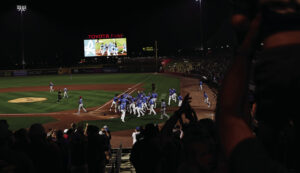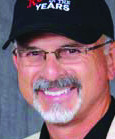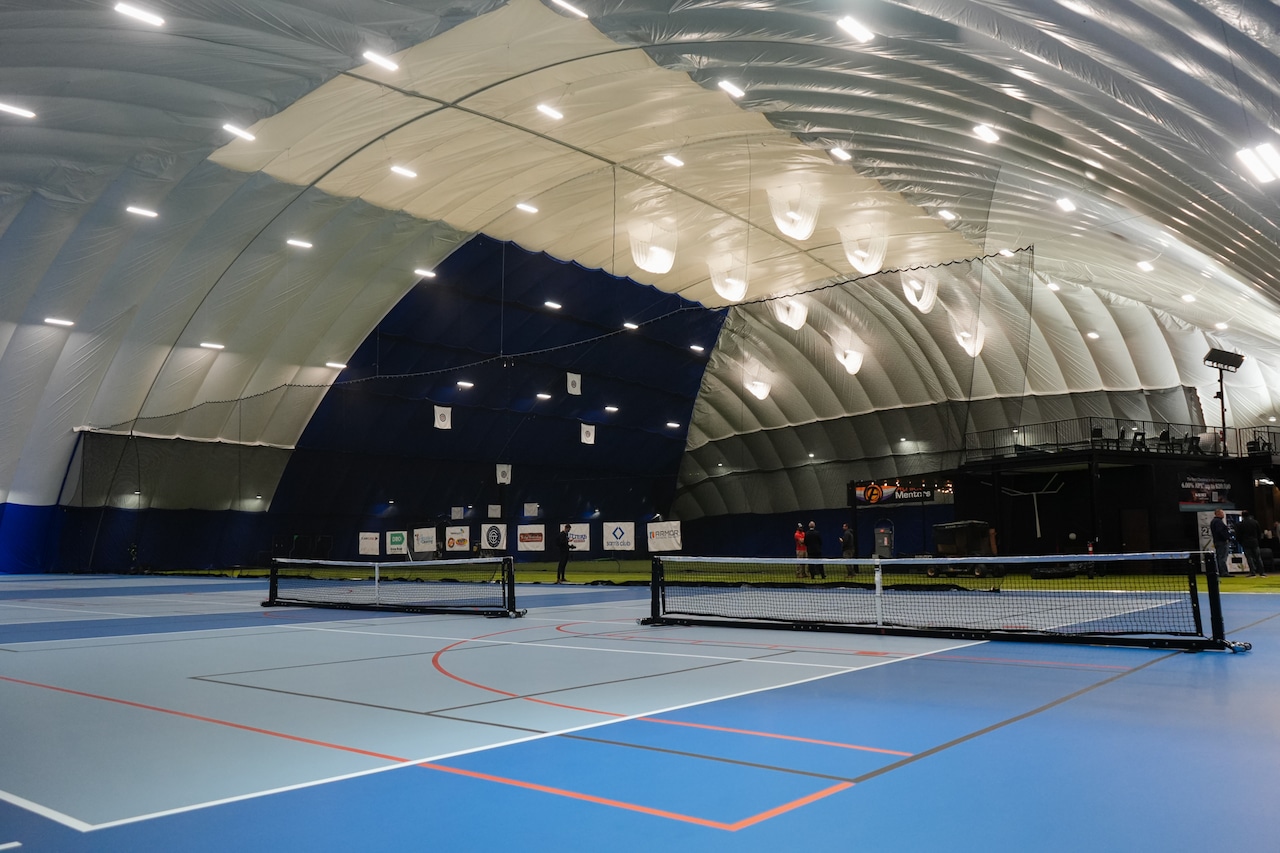It’s one of the most highly anticipated times of the year – the start of the school year and coming of fall high school sports. The excitement, however, is somewhat tempered at the moment as the heat continues to persist and fall is more than a month away.
The advent of year-round school schedules has pushed the start of practices for fall sports – and activities like band – into the heart of summer with heat indices exceeding 100 degrees in many parts of the country.
As a result, schools must be prepared to help the millions of students deal with the oppressive heat and humidity during the coming weeks for football, soccer, cross country, field hockey and other sport practices. Including those students in marching band, more than five million individuals will be on the fields and courts prepping for fall activities.
Unfortunately, several high school athletes have already been involved in heat-related emergencies as practices have started in some parts of the country, including two fatalities, according to Dr. Kristen Kucera, director of the National Center for Catastrophic Sports Injury Research (NCCSIR). We also are aware of several band members needing heat-related medical assistance after practicing in the heat.
Historically, most heat-related fatalities and catastrophic events have occurred during pre-season practices. And with several weeks remaining before first games of the 2025 fall season, steps must be taken to reduce the risk of additional catastrophic events. In fact, as often noted in NFHS materials, heat-related fatalities are 100 percent preventable.
The NFHS had an opportunity earlier this week, with an appearance on AccuWeather.com, to discuss available resources and steps being taken to minimize risk of heat illness. We appreciated the opportunity to share ways that schools can reduce the risk of heat illness with viewers across the country.
The NFHS Sports Medicine Advisory Committee (SMAC) continues to distribute information to member state associations. As we noted during the AccuWeather session, heat concerns are not related just to football. Any student participating in an outdoor sport or activity in the heat is vulnerable to heat illness, including marching band, cheer and players practicing in hot gyms without air conditioning.
Even with one million participants in high school football, death from heat stroke is preventable with proper precautions and timely intervention. Coaches, athletic directors and athletic trainers must have effective prevention plans in place so that student participants are fully protected from heat-related illnesses and injuries.
The NFHS SMAC and the NFHS Learning Center continue to offer many educational tools to assist schools in developing a proper heat acclimatization and heat illness prevention program. In addition, many state associations have developed state-specific guidelines for dealing with heat issues and safety challenges.
The SMAC has developed a “Heat Acclimatization and Heat Illness Prevention Position Statement” which is available on the NFHS website. This document contains seven fundamentals of a Heat Acclimatization Program. In addition, the SMAC’s “Position Statement and Recommendations for Maintaining Hydration to Optimize Performance and Minimize the Risk for Exertional Heat Illness” is also available on the sports medicine page of the NFHS website.
Venue and sport/activity specific emergency action plans (EAP) for interscholastic activities play a pivotal role in preemptively addressing and responding to potential risks and emergencies. The SMAC’s “Emergency Action Plan (EAP) for Interscholastic Activities Position Statement” is also available on the sports medicine page of the NFHS Website.
Through the NFHS Learning Center, the NFHS offers a free online course entitled Heat Illness Prevention. This course, which is available at www.nfhslearn.com, also reviews the seven fundamentals of a Heat Acclimatization Program. More than 3.4 million Heat Illness Prevention courses have been accessed. In addition, to address the necessary precautions for participants in marching band, the NFHS has a free course entitled Band Safety.
Among the fundamentals of a Heat Acclimatization Program are 1) a slow progression in activity level – duration and intensity; 2) adjusting workouts as heat and humidity increase, including close monitoring and a prompt response to developing problems; and 3) proper hydration.
Four other Learning Center courses should be a part of the preseason planning for all key members of the school’s team: The Collapsed Student, Sudden Cardiac Arrest, Concussion in Sports and Emergency Action Planning for Afterschool Programs.
As an additional resource, the NFHS Foundation previously distributed more than 5,000 Wet Bulb Globe Temperature (WBGT) devices to high schools across the country. The WBGT measures the heat stress in direct sunlight, accounting for temperature, humidity, wind speed, sun angle and cloud cover. High schools can use the thermometer’s reading to help determine if the weather is appropriate to hold outdoor activities. The NFHS Foundation provides a video on proper use of WBGT. If the available devices indicate that the weather is a risk to the health of students, practices must be cancelled.
School leaders must also make sure that AEDs (Automated External Defibrillators) are available in key locations in the school, and that an Emergency Action Plan has been established and rehearsed. There have been several cases on high school sports fields and courts the past two years where quick action on the part of individuals saved lives, and we hope that trend continues. As a part of preseason planning, coaches and administrators should consider another Learning Center course – CPR & AED Training.
We encourage all school leaders – coaches, band directors, athletic directors and others – to take the free online courses – Heat Illness Prevention and Band Safety – at www.nfhslearn.com. It could be the best investment of time this year.
Read all NFHS Voice columns here.






























































